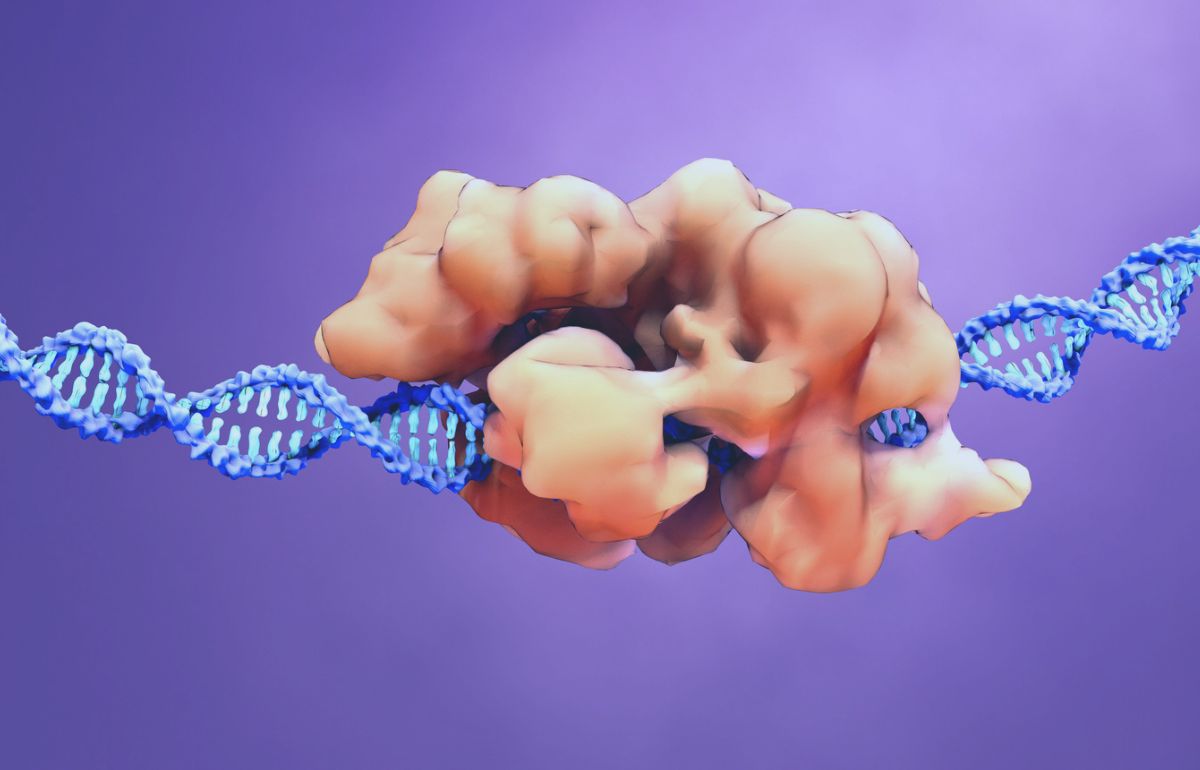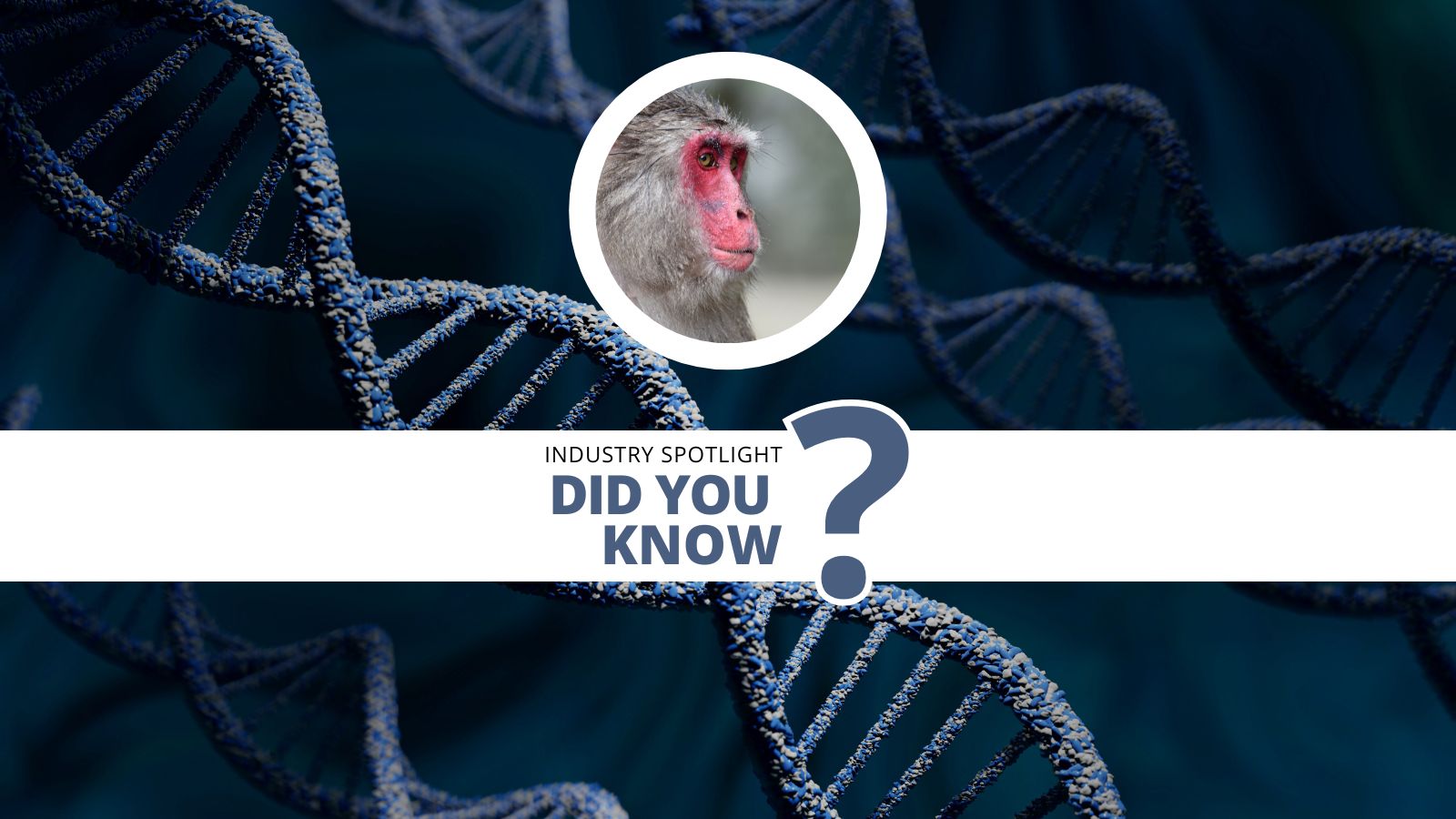Novel Genome Editing Techniques: What Will Come Next after CRISPR-Cas9?

The gene editing field has seen innovation after innovation over the past decade. As the poster child of the gene editing community, CRISPR-Cas9 has become an established method for approaches to genome editing. The DNA-cutting Cas9 enzyme works alongside a small strand of RNA, guiding it to where an incision needs to be made in the genome. A DNA template of the correct gene can then be inserted via the cell’s DNA repair machinery.
Although CRISPR editing has received the most publicity among gene editing techniques, its applications as a therapeutic approach in patients have turned out to be more complex than originally anticipated. The relatively high frequency of unintended genetic modifications such as off-target effects (OTEs), unintended on-target effects, and the potential toxicity of currently available delivery systems have led some researchers to explore alternative or supplementary approaches to gene modification.
Some novel genome editing techniques have been developed as additions to CRISPR-Cas9 targeting, such as deaminases, integrases, and reverse transcriptases. Additionally, non-CRISPR modalities such as transposases are also being explored considering their potential applications in genome editing. A panel discussion at NextGen Omics UK 2022 headed by Kevin Holden, Head of Science at Synthego, explored some of the most popular gene modification techniques in development, either as a supplement or alternative to CRISPR-Cas9 sequencing.
Alternative Pathways for Gene Editing: Paste Editors
Many of the new tools and techniques introduced in the gene editing environment in the past few years have augmented genome modification. These include third generation technologies such as reverse transcriptase and prime editing, as well as fourth generation approaches like dual prime editors and PASTE (programmable addition via site-specific targeting elements) technology.
A central focus of new advances in the field has been on inserting larger fragments of DNA into the genome without making double strand breaks, as this avoids the generation of large structural rearrangements, chromosomal truncations or chromothripsis. One solution to this could be the use of PASTE editors as a complement to CRISPR-Cas approaches to gene modification. Although the clinical implications of such unintended events remain largely unknown, oncogenicity remains a risk.
- Prime Edits, Animal Models and HLA Constructs: Additional Approaches to Genome Editing
- Read Now: Oxford Global's R&D Top 40 Stories eBook
- The Future of Neurodegenerative Treatments
Giandomenico Turchiano, Senior Research Associate at the UCL GOS Institute of Child Health, has been working with gene editing tools for 14 years. “PASTE editors allow you to insert a region and reverse transcribe an RNA donor,” said Turchiano. “They are integrating something that was not there, so they are not exactly swapping in sequence.” This has a significant impact if a chosen gene is highly regulated by its 3’ UTR (untranslated region). “With these kinds of applications, we’re better off fixing the specific mutation and then we go back to the base editors or other strategies,” he continued.
Alternative Pathways for Gene Editing: DNA Repair Outcomes
Double strand breaks (DSBs) had been subject to attention in the scientific press, as the selection of pathways for DSB repair is crucial to the genome editing process. Jennifer Harbottle is Associate Director in Gene Editing Safety and Cell Therapy at AstraZeneca; her background is in base editing and she now works on characterising the DNA repair outcomes of gene editing, specifically to assess the safety of engineered allogeneic cell therapy products. Researchers are moving away from having to generate DSBs and are instead using more novel approaches such as base editors and prime editors where possible.
“It’s all well and good looking at the on-target sequence, but it's also worth considering what else is going on in the cell's genome.”
“We know the impact of creating double-strand breaks,” said Harbottle, “but in designing these novel technologies they bring in other points of concern we’re just not aware of yet.” For her, the best practice approach involves using the appropriate tool for the situation relative to its application. “It’s all well and good detecting and quantifying the intended DNA editing outcome at the target locus but it is essential to also consider and look at what else is going on in the cell’s genome, specifically looking for any unintended editing events at both on- and off target loci.”
Additionally, the utility of novel genome editing techniques will be predicated by their efficiency. These tools are ultimately being developed to be translated into therapeutic applications: higher editing efficiencies are favourable as then the patient receives less cells. Any new technique or approach introduced needs to be validated for its safety.
Alternative Pathways for Gene Editing: RNA Editing
One major constraint in current CRISPR editing is the concern that any accidental changes to the genome caused by Cas9 could trigger immune responses or permanent alterations. RNA editing presents an appealing alternative; since cells quickly degrade unused RNAs, any errors introduced by a therapy would only be temporary. Ilaria Santeramo is an Associate Lead Scientist at Cell & Gene Therapy Catapult. “I’m a big fan of not messing too much with the DNA, because we don’t really know what’s going to happen next,” she said.
Once genes are inserted and expanded for a few cycles then there are many potential outcomes that could result as unwanted side effects. “RNA editing might also be something that might solve some of those problems,” Santeramo continued, “although it is transient, so will not be ideal for all applications.” She added that for the Cell & Gene Therapy Catapult, it would be relatively straightforward to compare a number of different approaches to gene modification without having to build each or go through an iteration of changes.
However, some of these novel genome editing techniques are still predominantly academic and not easily accessible, making their use limited. “Once those novel tools are available, it would be useful to compare the different approaches to gene modification,” added Santeramo. “Then we can identify the best toolkit to use for different applications.”
Across each alternative pathway discussed, a hurdle for each is the established position that CRISPR-Cas9 enjoys within the gene editing community. Holden said most researchers had been using CRISPR for the best part of a decade, which had been plenty of time for optimising the technology. “Some of the newer technologies that are coming out may require considerably more optimisation before they’re ready to use widely,” he added.
Key Considerations in Genome Editing Safety and Efficacy
Across each novel and established approach to genome modification, the central consideration is always safety. Turchiano highlighted the whereabouts of the treatment as one aspect that may compromise the safety and efficacy of some approaches. “Obviously taking an in vivo approach will decrease the costs and improve the handling of therapy, because it’s easier to call the patient to an injection and follow up instead of conducting it ex vivo,” he said. However, injecting a therapeutic straight into the bloodstream removes the opportunity for monitoring the behaviour of the genetic modification prior to its administration.
Safety is also paramount for Harbottle, along with appropriate delivery. “With in vivo editing we need efficacy as well,” she said. “The main focus is getting it to the target tissue, then to the target cell within a heterogenous population of cells, and for it to not get kicked out.” With mRNA delivery methods, a key consideration is the size and complexity of the gene editing modality. “How may molecules are you going to have to deliver concomitantly to confer the desired editing at the desired locus in the target cell?”, she asked. “I think a lot of this surrounding the new gene editing technologies really comes to that delivery.”
Currently, there are no delivery technologies for gene modification in contention that can deliver in vivo. “I’m betting a little more on lipid nanoparticles as the only vehicle that could probably help,” volunteered Santeramo. “The problem is in most cases the size and type of cargo, as proteins present packaging hurdles when considering lipid nanoparticles.” She highlighted the need to explore the interoperability of novel genome editing techniques to investigate whether they could be applied in tandem.
If you’d like to learn more about new and upcoming approaches to genome modification in treating cancers, viral infections, and genetic diseases, consider registering for our upcoming NextGen Omics US event. To gain access to the full range of content on our Omics Portal, view our membership options.







